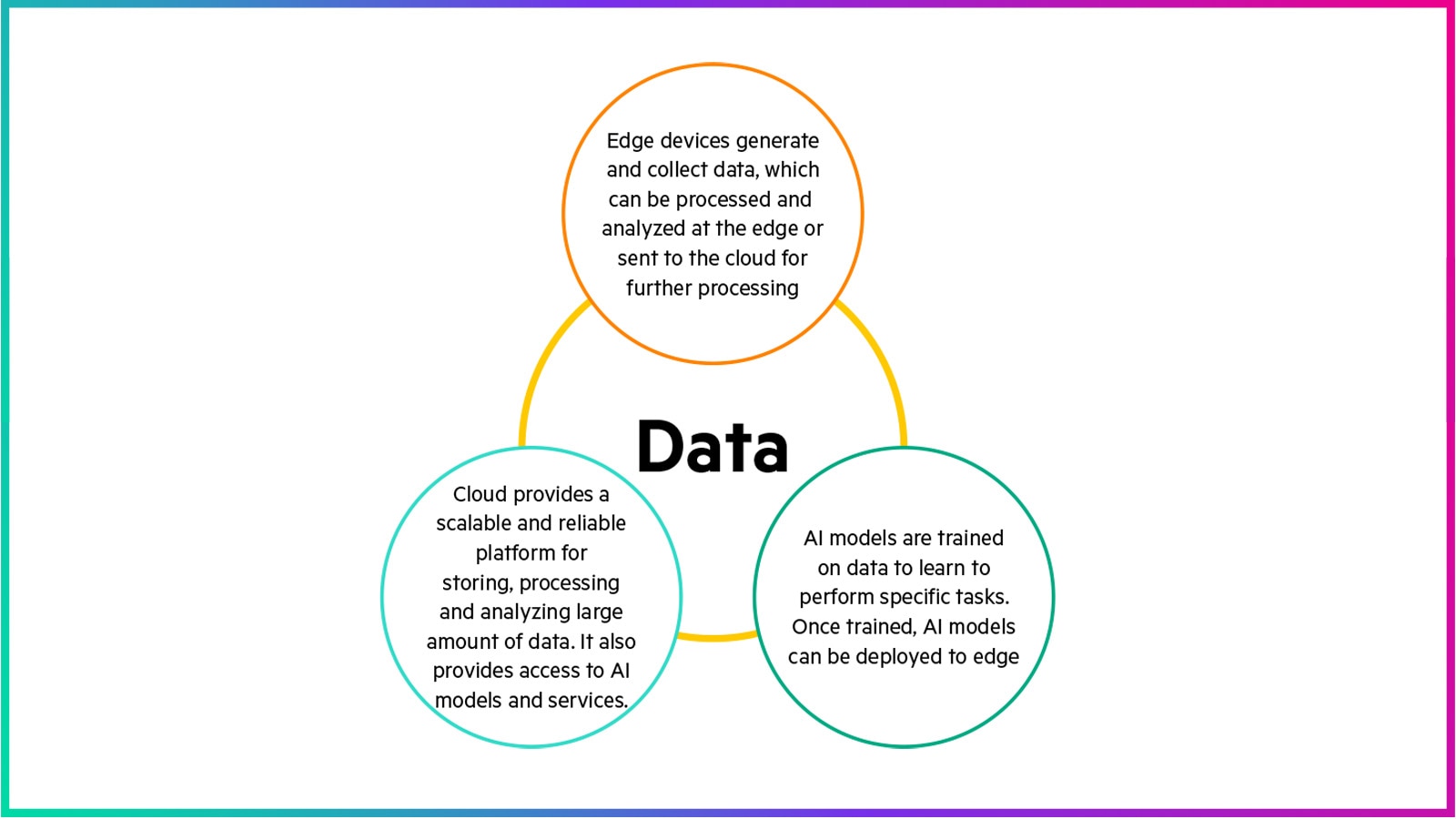Follow these guidelines to develop a strong data strategy and governance structure and drive a data-driven culture:
Data strategy and advocacy
Create and execute a business-aligned data strategy to guide the transformation process.
- Align strategic vision and data projects with company goals.
- Executive sponsorship is needed to promote data-driven initiatives and data literacy.
- Define KPIs to guide strategy evaluation and optimization
- Encourage data-driven decision-making across the company
Data governance and stewardship
Establish policies and an oversight team that drive a data-driven culture and organization.
- Establish a governing body to maintain company-wide quality, consistency, and compliance.
- Coordinate organization-wide data management to improve data discovery and usefulness.
- Implement data quality and integrity policies
- Create coordinated orchestration and teamwork to help departments value data.
- Promote data-driven work by rewarding employees to use data effectively in their work.
- Develop operational efficiency dashboards for near-real-time feedback and continuous improvement.
Modernize technology and infrastructure
Invest in technology and scalable, adaptable data infrastructure for present and future demands.
- Optimize data storage and processing with cloud, edge, and hybrid settings.
- Adopt sophisticated analytics, AI, and machine learning tools to make informed decisions.
- Ensure organization-wide technology integration and interoperability.
Manage and protect data
Standardize and protect data to ensure accessibility, quality and interoperability.
- Set and enforce company-wide data management standards.
- Manage data in compliance with legal, ethical, and regulatory guidelines.
- Keep key data entities constant, correct, and shared to improve decision-making.
- Audit and clean master data regularly.
- Systematically create, store, maintain, and use metadata.
- Protect sensitive data with robust security and resilient backup and recovery tools.
- Establish data loss prevention rules and encryption policies.
- Create and publish lifecycle management, RTO, and RPO policies.
Ingestion, processing, and analytics
Gather, clean, organize, and analyze data from many sources to generate high-quality datasets.
- Manage API centralization and gateways for internal and external customers.
- Set up logging, monitoring, and error handling for batch jobs.
- Stream data and calculate in real-time for precise downstream numbers.
- Simplify machine learning model generation and maintenance.
- For quality, security, and compliance, monitor data activities continuously.
Data storage and lifecycle management
Optimize data storage and lifecycle management for availability, security, and compliance.
- Determine and execute data classification and age-based storage tiering.
- Support any data formats and types with specified consistency standards.
- Implement complete data management techniques from generation to disposal.
- Protect, secure, and comply with data throughout its lifespan.
Access and visualization
Provide easy visualization and self-service for fully integrated corporate data.
- Unify data from several sources without physical replication.
- Use efficient data search methods to find information.
- Improve self-service using data virtualization and cloud environments.
- Provide business users with data visualization capabilities without IT involvement.
These principles and practices help businesses create a robust data strategy, a data-driven culture, and good data governance and management. This complete strategy will help firms use data as a strategic asset to achieve business value and competitive advantage.



